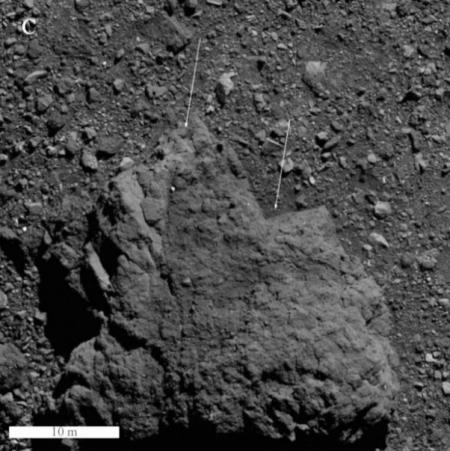SpaceX launches another sixty Starlink satellites
Capitalism in space: SpaceX today successfully launched another sixty Starlink satellites into orbit, using a reused first stage for the fifth time, the first time they have done this. They also for the first time reused the fairing, for the second time. All told, the cost for this launch was reduced by approximately 70% by these reuses.
However, during launch one 1st stage Merlin engine shut down prematurely, the first time since 2012. You can see the consequence of this during the re-entry burn. After the burn, the rocket seems far more unstable then normal. Soon after the video cut out, and they must have missed the drone ship upon landing, making it a failure. They intend to do a full investigation before their next launch.
The leaders in the 2020 launch race:
5 China
5 SpaceX
3 Russia
2 Arianespace (Europe)
The U.S. now leads China 8 to 5 in the national rankings.
One additional detail: At the beginning of their live stream, they touted Starship/Super Heavy, and put out a call for engineers to apply to work for SpaceX.
The launch is embedded below the fold.
» Read more
Capitalism in space: SpaceX today successfully launched another sixty Starlink satellites into orbit, using a reused first stage for the fifth time, the first time they have done this. They also for the first time reused the fairing, for the second time. All told, the cost for this launch was reduced by approximately 70% by these reuses.
However, during launch one 1st stage Merlin engine shut down prematurely, the first time since 2012. You can see the consequence of this during the re-entry burn. After the burn, the rocket seems far more unstable then normal. Soon after the video cut out, and they must have missed the drone ship upon landing, making it a failure. They intend to do a full investigation before their next launch.
The leaders in the 2020 launch race:
5 China
5 SpaceX
3 Russia
2 Arianespace (Europe)
The U.S. now leads China 8 to 5 in the national rankings.
One additional detail: At the beginning of their live stream, they touted Starship/Super Heavy, and put out a call for engineers to apply to work for SpaceX.
The launch is embedded below the fold.
» Read more







